Christmas Bird Count
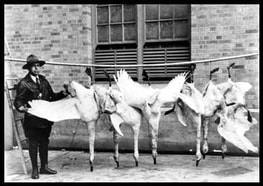 Side Hunt participant, image from http://www.islandguardian.com
Side Hunt participant, image from http://www.islandguardian.com The Christmas Bird Count goes back over a hundred years, but then it was not done in the way it is done today. Back then it was called a “Side Hunt” and the winner was whomever brought back the biggest number of killed birds! But that changed in 1900, when Frank M. Chapman of the Audubon Society proposed not to kill birds, but to count them in a “Christmas Bird Census”. The zeitgeist was changing toward conservation of our natural resources. Some say as a result of the National Parks movement started by President Teddy Roosevelt, we were becoming aware that we should be managing and conserving our wildlife for everyone’s benefit.
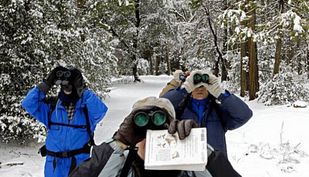 2015 Christmas Bird Count. Image from enterprisenews.com
2015 Christmas Bird Count. Image from enterprisenews.com This movement has developed into something remarkable. The number of volunteer birders has grown into a force of over 70,000, who go out in snow or rain, wind and freezing temperatures. The data they collect are used by the Audubon Society together with their partners in a variety of scientific fields, to measure the health of the bird population and take appropriate action if necessary. The amount of benefits and knowledge becoming available through this data is unbelievable! It is helping us track pollution, habitat loss effects, the effects of climate change on migrations and reproductive needs, clean energy applications and siting (wind turbines located on critical ridge lines can severely impact migratory populations), urban planning, etc. It has become one of the most valuable ‘citizen scientist’ projects today.
In 2016 the birders counted 8.9 million red-winged blackbirds, 4.2 million snow geese, and 3.4 European starlings, but only 0.5 million house sparrows. Who would have thought?
The Audubon Society has structured the Christmas Bird Count by creating “circles” with a circle manager (compiler). You can have a look at a map of Active Circles under
https://audubon.maps.arcgis.com/apps/View/index.html?appid=fadfb421e95f4949bde20c29a38228bd
to find a circle near where you live. (Green and yellow circles look forward to having new participants whereas red circles are full.)
Each circle is 15 miles in diameter and managed by a “compiler”. You will find his/her name by clicking on the map. You will find his/her e-mail and phone number as well. After contacting him/her you will receive instructions about the date of the count and specific routes through the circle. During that day all birds you see or hear will be counted. If you are new to the Christmas Bird Count, an experienced birdwatcher will teach you how to “see” and “hear”. What most novices don’t realize, is that hearing a bird can more often lead to a correct identification than the harder task of getting a good sighting for proper identification.
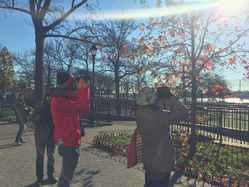
You might be wondering how the Christmas Bird Count might help our birds. As we all know, our climate has been changing for thousands of years. So far the CBC has found that there are 588 different North American birds; 314 of them will decline 50 percent by 2080. These data are important for finding these trends. Among them is the one we love, the House Sparrow, which is in decline. Data collected by the CBC could very well identify the reason for this decline and give us time to save it.
The Christmas Bird Count offers a good opportunity to be outside, walking and watching our feathered friends, and helping the environment.
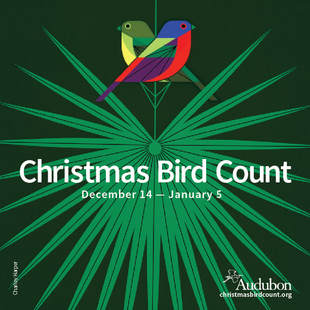
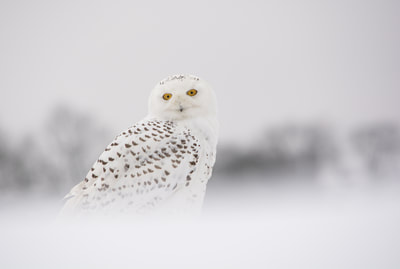
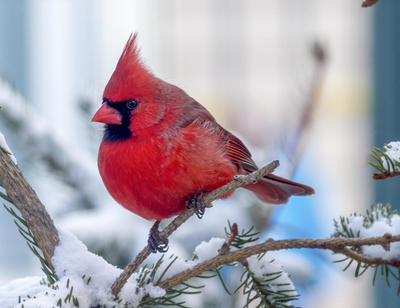
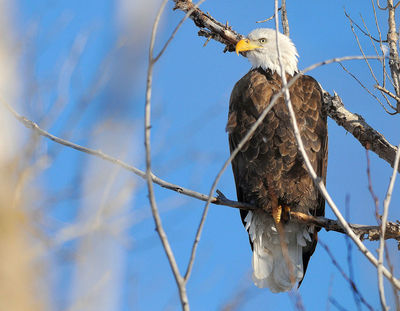
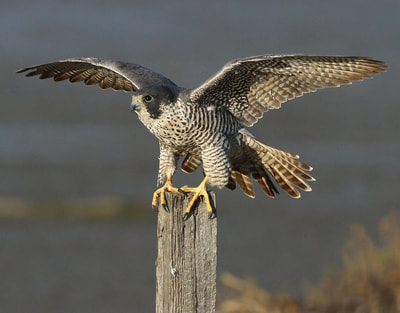
 RSS Feed
RSS Feed